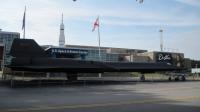
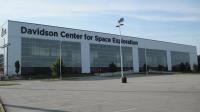
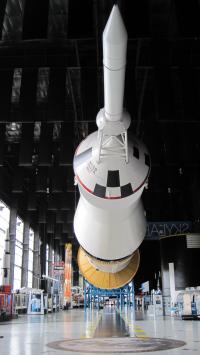


U.S. Space & Rocket Center
Huntsville, Alabama
| This page indexs a series covering missiles, rockets and space vehicle propulsion systems that are exhibited by the US Space & Rocket Center (USSRC) in Huntsville, Alabama. On this page is an overview of the museum, along with a few of the many artifacts not be covered as part of the more detailed missile and rocket engine articles available in the Table of Contents below. |
Table of Contents
| German V-2 | Early US Launch Vehicles | U.S. Manned Rocket Propulsion Evolution |
USSRC Overview
Compiled by Kimble D. McCutcheon
Unless Noted Otherwise, Photographs by Kimble D. McCutcheon
Two main buildings comprise the indoor exhibit areas. There are acres of outdoor exhibits as well. This does not include the areas devoted to Space Camp, Aviation Challenge and their affiliated programs.
 |
 |
 |
 |
 |
| The Original 22,000 ft² Facility Opened in 1970 | The 68,000 ft² Davidson Center Opened in 2008 | Saturn V Inside the Davidson Center | Davidson Center Looking West | Davidson Center Looking Eest |
Powered by a 1908 Ford Model R engine, and flown briefly in 1908, the Quick Monoplane was an example of early Alabama aviation. It was restored in the 1960s by local Experimental Aircraft Association Chapter 190 members. It now hangs in the Davidson Center stairway.
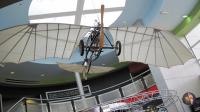 |
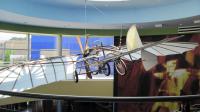 |
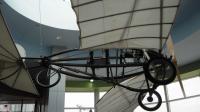 |
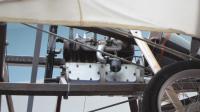 |
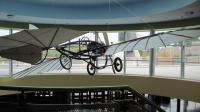 |
Among the outdoor exhibits is a Skylab simulator/mockup. Skylab was the first US space station. It consisted of a Saturn S-IVB stage modified by McDonnell Douglas. It was launched into low earth orbit on 14 May 1973 by a Saturn V. Three manned missions, each with three astronauts, were made to Skylab aboard Apollo Command/Service Modules launched by Saturn IBs. During these missions, numerous experiments and studies were carried out. Skylab's orbit decayed until it reentered the atmosphere on 11 July 1979, scattering some of its heavier parts over mostly uninhabited parts of Southwest Australia.
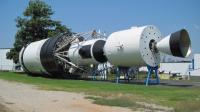 |
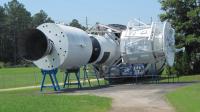 |
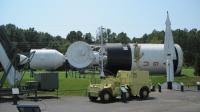 |
 |
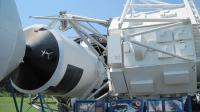 |
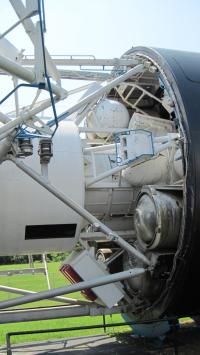 |
 |
The following is a sample of the many artifacts exhibited by the US Space & Rocket Center.